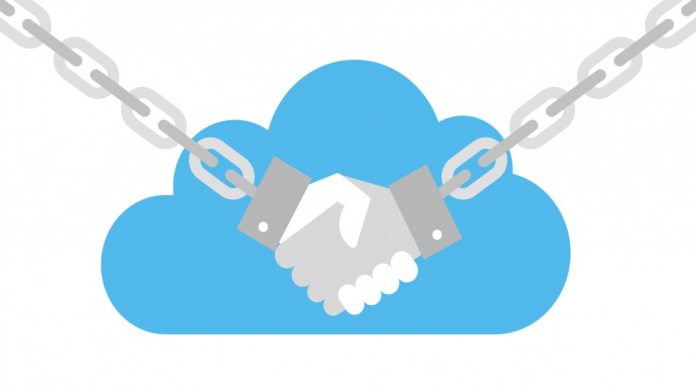Microsoft says there are new ‘ice phishing’ campaigns and other threats currently targeting Web3 and blockchain tech. This week, the Microsoft 365 Defender Research Team said that phishing is a particular problem for decentralized technologies such as smart contracts and wallets.
The company points out ongoing ice phishing attacks highlight “the durability of these threats as well as the need for security fundamentals to be built into related future systems and frameworks.”
According to the team, threat actors use various dynamic phishing techniques when targeting blockchain and Web3. For example, attacks often focus on access the cryptographic key for a wallet. If the attack fools the user and the actor gains access, they can take control of the victim’s digital assets.
While everyday users are told of the dangers of email phishing, this method makes up just a small sample of phishing attempts against blockchain. Instead, attacks prefer to use social media scams to fool users. One example is sending a message to a user pretending to be a support team member of a legit cryptocurrency service.
Ice Phishing
Impersonating real blockchain services is another common tactic. Known as typo-squatting, it involves the attacker registering a domain almost exactly like a major crypto service but with minor errors.
Ice phishing attacks are also underway, and do not focus on stealing private cryptographic keys. Instead, threat actors trick users into signing off on a transaction that provides their information.
“Once the approval transaction has been signed, submitted, and mined, the spender can access the funds,” Microsoft points out. “In case of an ‘ice phishing’ attack, the attacker can accumulate approvals over a period of time and then drain all victim’s wallets quickly.”
Tip of the day: If you have an HP, Dell, or Lenovo touchscreen PC, you’ll probably want to enable or disable it at various times. Unfortunately, however, many Windows 10 touch screen laptops don’t make this easy.
Thankfully, through some tweaks, you can turn off the touch screen no matter your device. In our tutorial, we show you how to disable a touchscreen on Windows 10. We’ll also show you to enable it if you wish, which may help if your HP laptop touch screen is not working, the touch screen is not working on your Lenovo laptop, or you’re having problems with any other brand.






